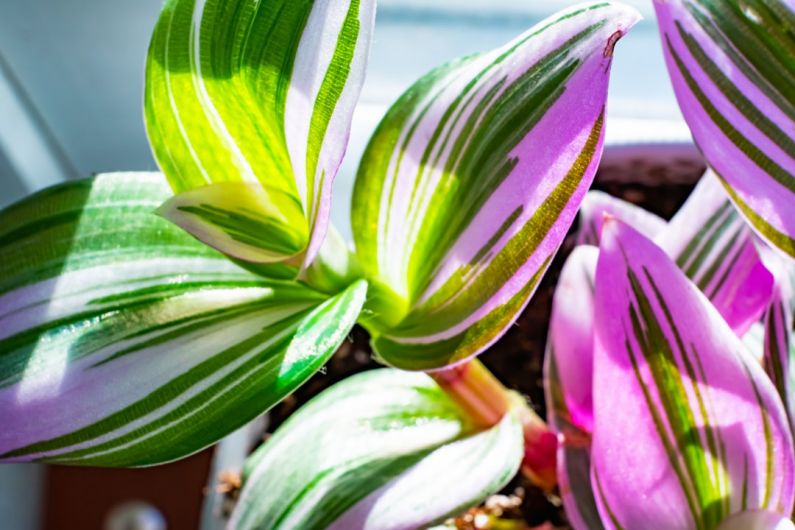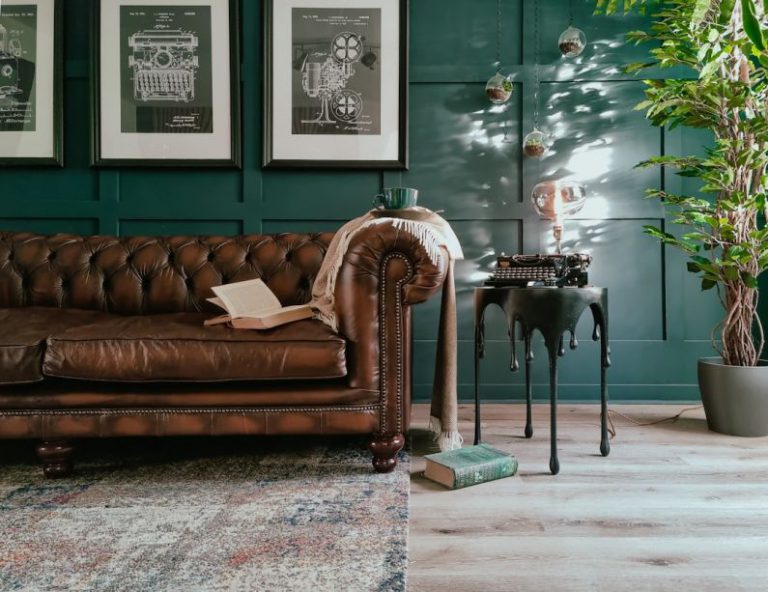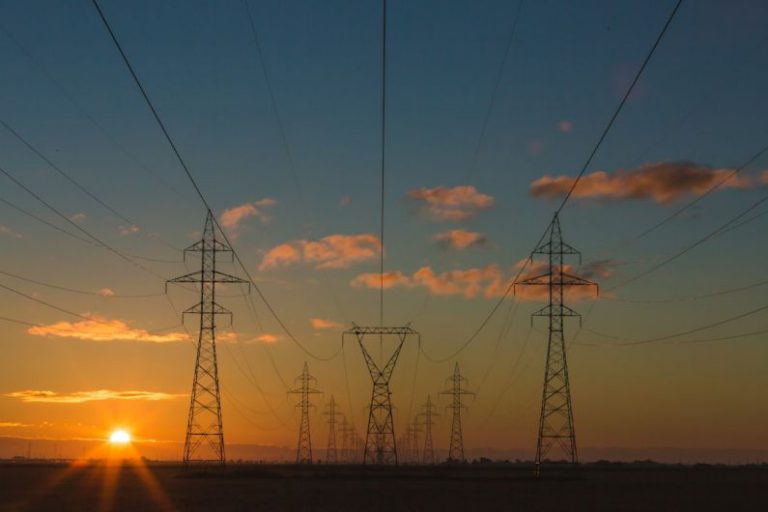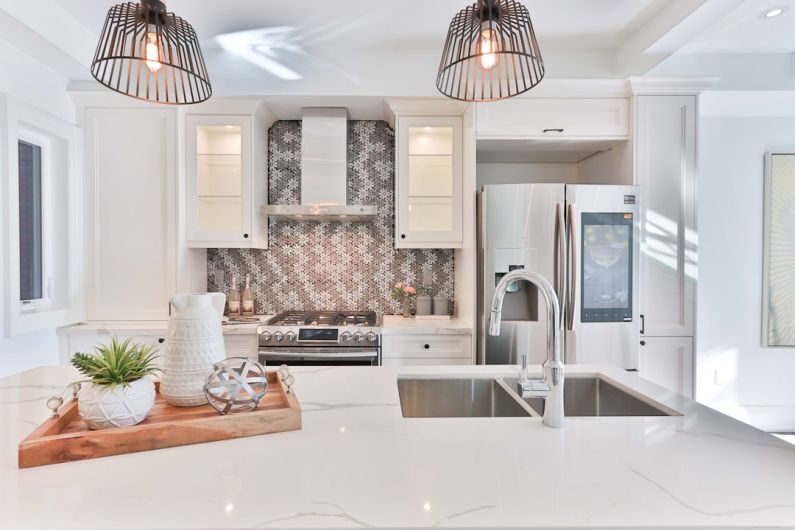How to Choose and Care for Sustainable Houseplants?
Houseplants not only bring beauty and freshness into our homes, but they can also contribute to a more sustainable lifestyle. By choosing and caring for sustainable houseplants, we can reduce our environmental impact while enjoying the benefits of nature indoors. In this article, we will explore how to choose the right sustainable houseplants and provide tips for their care.
Choosing the Right Sustainable Houseplants
When it comes to selecting sustainable houseplants, there are a few key factors to consider. Here are some guidelines to help you make eco-friendly choices:
1. Native or Adapted Species: Opt for houseplants that are native to your region or adapted to local conditions. These plants are more likely to thrive without the need for excessive water, fertilizers, or pesticides.
2. Low Maintenance: Look for houseplants that require minimal care. Species that can tolerate a range of light conditions, have moderate watering needs, and are resistant to pests and diseases are ideal choices for sustainable living.
3. Air Purifying: Certain houseplants are known for their air purifying properties, which can help improve indoor air quality. Plants like peace lilies, spider plants, and snake plants are excellent choices for removing toxins from the air.
4. Non-Invasive: Avoid houseplants that have a tendency to become invasive in natural environments. Plants that can escape cultivation and disrupt local ecosystems should be avoided to prevent environmental damage.
Caring for Sustainable Houseplants
Once you have chosen your sustainable houseplants, it’s important to provide them with the care they need to thrive. Here are some tips to help you keep your plants healthy and happy:
1. Light Requirements: Understand the light requirements of your houseplants and place them in appropriate locations. Some plants prefer bright, indirect light, while others thrive in low light conditions. By providing the right amount of light, you can ensure optimal growth.
2. Watering: Avoid overwatering your houseplants, as excessive moisture can lead to root rot and other problems. Instead, water your plants only when the top inch of soil feels dry. Use a watering can with a narrow spout to deliver water directly to the soil, avoiding the leaves.
3. Soil and Fertilizer: Choose a well-draining potting mix that retains moisture without becoming waterlogged. Avoid using synthetic fertilizers and opt for organic alternatives instead. Compost and organic plant food can provide the necessary nutrients for your plants’ growth.
4. Pest Control: Prevent pest infestations by regularly inspecting your plants for signs of pests. If you notice any insects, gently wipe the leaves with a damp cloth or use organic pest control methods such as neem oil or insecticidal soap.
5. Repotting: As your houseplants grow, they may outgrow their pots. Repotting allows for their roots to have more space to grow and ensures they have access to fresh nutrients. When repotting, choose pots made from sustainable materials such as ceramic or terracotta.
Sustainable Houseplants as a Lifestyle Choice
In conclusion, choosing and caring for sustainable houseplants is not only beneficial for the environment but also enhances our well-being. By selecting native or adapted species, providing proper care, and considering the environmental impact of our choices, we can create a more sustainable living space. So, go ahead and bring some green into your home while making a positive impact on the planet.







